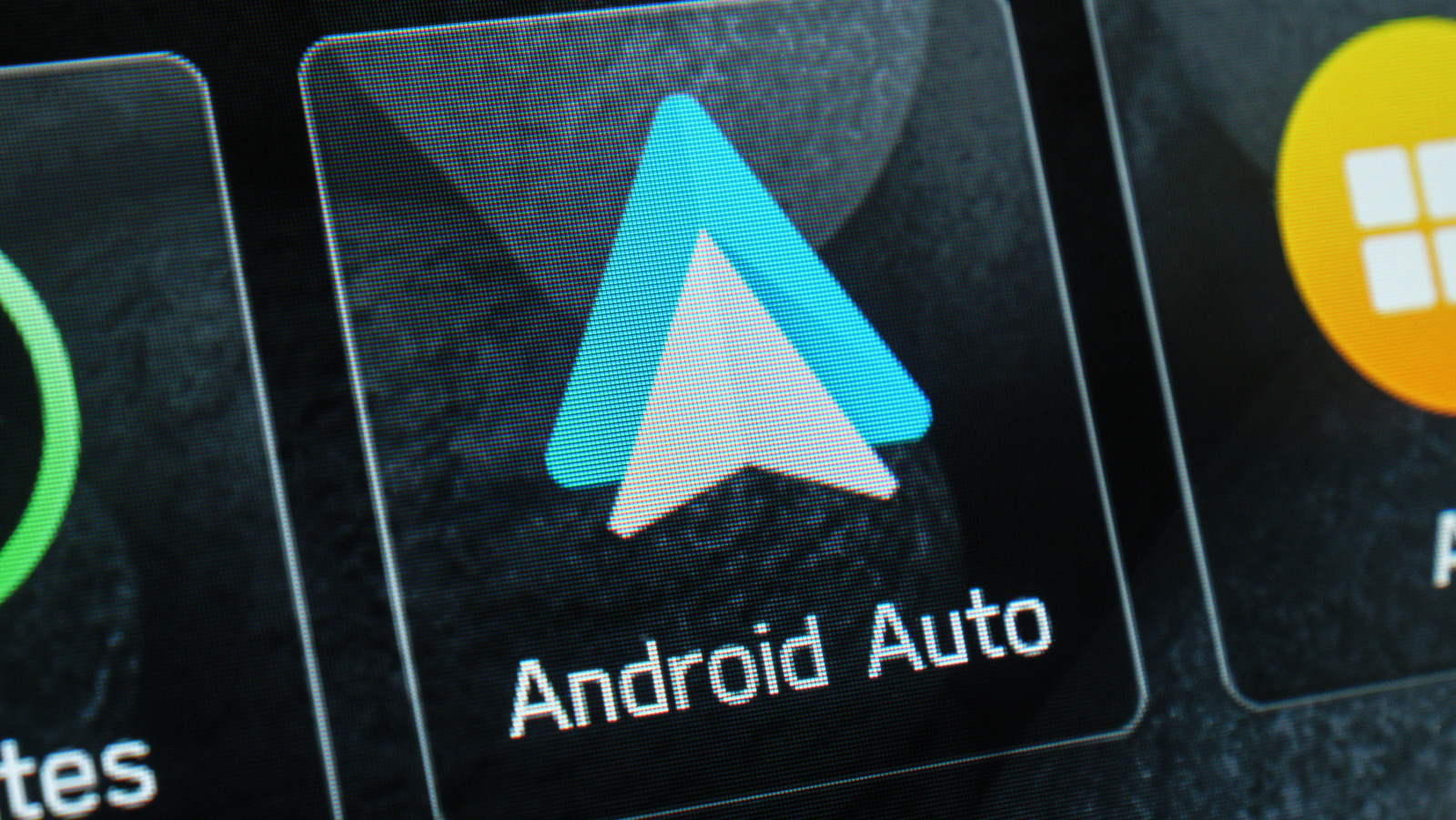The third interstellar object that we have discovered in the solar system continues to make people talk. As 3I/ATLAS moves away from the Sun and becomes visible again through telescopes, every move it makes sparks a tsunami of speculation. And there are still weeks of new observations.
The data that is causing people to talk. The news that has unleashed the most eccentric theories is that the comet experienced a slight, but statistically significant, “non-gravitational acceleration.” Something besides the gravitational pull of the Sun and the planets has pushed 3I/ATLAS.
It happened last October 29. Data from the ALMA observatory, analyzed by a NASA JPL engineer, reveal that the object deviated “four arcseconds in right ascension” from the trajectory it should have followed if it were influenced only by the Sun’s gravity.
The most likely explanation. The news gave free rein to those who try to see a “technological signature” in everything the interstellar object does. However, the most likely explanation is not that 3I/ATLAS is an alien spacecraft: there is a purely natural alternative that astronomers are well aware of.
The deflection of the object, equivalent to ten times the radius of the Earth in a month, fits with a natural acceleration that occurs in very active comets as they pass by the Sun: the sublimated ice acted as a propellant.
Ice rockets. The physics is simple: as the comet approaches the Sun, solar radiation heats its core. The ice on its surface (whether water, carbon monoxide or carbon dioxide) does not melt, but rather goes directly from solid to gas, a process known as sublimation.
This gas escapes violently into space through cracks or active zones on the surface, forming jets. By Newton’s third law (action-reaction), these gas jets act like small rocket engines, pushing the comet’s nucleus in the opposite direction and altering its orbit.
That’s why it shines so much. Another of the newly observed anomalies in 3I/ATLAS is that it became extremely bright earlier than expected, and in an intensely blue hue.
According to a pre-published study on arvix.org, the change fits with a brightness dominated by gas emission, which would demonstrate that 3I/ATLAS is an extraordinarily active comet, which turned on its sublimation engines as it approached the Sun and began to degas material at a frenetic pace.
Avi Loeb is not convinced. The controversial Harvard University cosmologist did his own calculations to determine how much mass 3I/ATLAS would have to have lost to produce esa specific acceleration and discovered that, at least, it would have had to lose one-sixth of its total mass.
Given that the mass of 3I/ATLAS is estimated to be at least 33 billion tons, the comet should have lost 5.5 billion tons of gas and dust ejected into space in a matter of weeks, which should lead us to observe an extremely bright cloud of gas and dust around it in the coming weeks.
The key moment. 3I/ATLAS will pass the closest point in its orbit to Earth on December 19. From a distance of 269 million kilometers, the International Asteroid Warning Network and the Hubble and James Webb space telescopes will be observing it in detail.
They will have the last word. If they see a colossal gas cloud, we’ll close the case: 3I/ATLAS is a natural comet, albeit one of the strangest and most active we’ve ever seen. If they don’t see anything, the mystery of interstellar visitors will only intensify.
Imagen | NASA / SOFIA / Lynette Cook
In WorldOfSoftware | It went from a supposed alien ship to definitely a comet. Now 3I/ATLAS surprises again with another possibility











